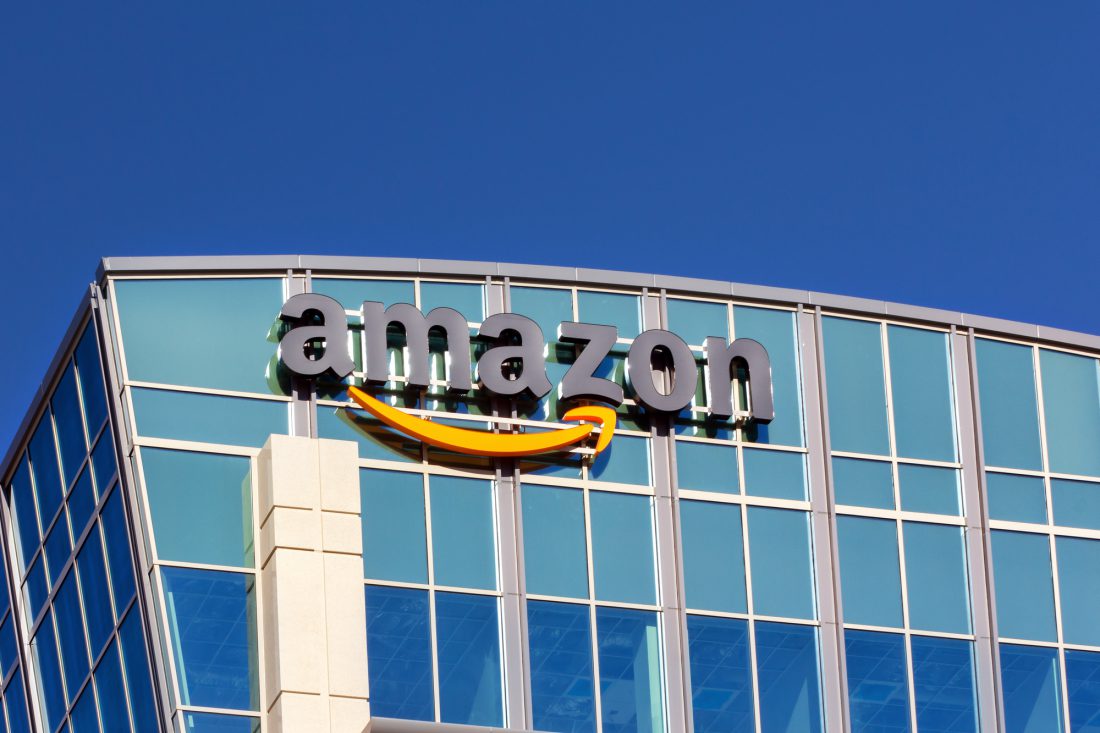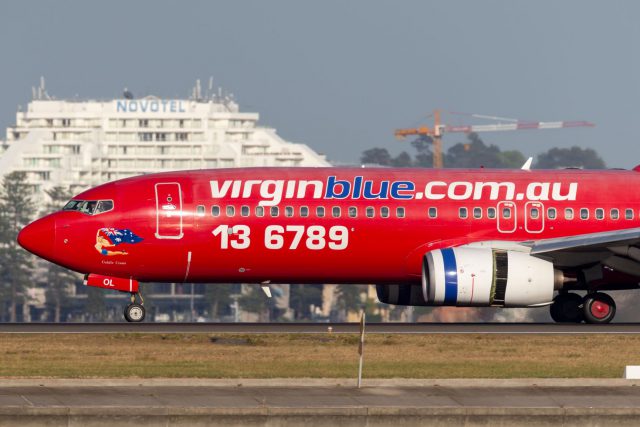The way you optimise prices will vary from business to business and industry to industry. Your business strategy will play a big part too.
Example 1
Suppose you are Amazon. Your objective is world domination. You want to ensure that you are always competitive, even if you don’t make a profit in the short term. You know that there will only be a small number of winners in your industry in the long term, so you play the long game. Eventually you will have so much market share that you will profitable, and by then it will very difficult for a new entrant to compete with you. You are happy to make lower margins in the short term knowing that you will make more money down the track.
Example 2
Suppose you are Gucci. You won’t want to discount your prices even if it would lead to more sales. Discounting might damage your brand. In contrast, by setting a high price it sends a message that your brand is a quality brand. So you will always want to charge high prices.
Example 3
Suppose you are selling seats on an aeroplane. The flight leaves tomorrow and half the plane is still empty. Once the flight has taken off you can’t sell any more seats on this flight. You sell most of your seats through online travel sites where customers can easily compare prices across airlines, and your research shows that most customers choose the cheapest ticket available. In this situation you want to ensure you are slightly cheaper than your competitor. It is better to sell say 20 seats at a lower price than to sell no seats at a higher price. However, beware: If you and your competitor both adopt the same approach and keep undercutting each other, you end up in a “race to the bottom” on price.
Example 4
You run a hotel. There is a major sporting event taking place only a few hundred metres from your hotel in 1 week, and you only have 5 rooms (out of 200) available on the night of the event. There is no doubt those 5 rooms will sell out in the next week, it is just a question of what price you charge. You should be increasing your prices to maximise the value you receive. As with the flight, you generally want to adjust your prices continuously in order to maximise your revenue based on supply and demand.
Example 5
You run a party hire business. December is always a busy month with weddings and Xmas parties. Even within the month of December there are busier days and quieter days. You should be increasing your prices in December to maximise the value you receive. The amount by which you increase your prices should change from day to day depending on supply and demand. You should be constantly monitoring this.
Example 6
You hire out construction equipment. It turns out that March is a busy period with a shortage of hire equipment across the industry. Then a lot of projects are finishing so there will be plenty of capacity in April. You should be adjusting your prices to reflect the high demand/low supply in March, and then the reverse in April.
Example 7
You run a tour company and operate day tours. Most of your bookings come within the 2 weeks prior to each tour. The weather forecast shows that this Thursday and Friday will be raining, and then the weekend will be sunny. In addition, weekends are usually busier than weekdays. As expected, the upcoming weekend tours are nearly booked out whereas Thursday and Friday are looking fairly empty. At the very least you should be increasing your prices for Saturday and Sunday. You may also want to offer discounts for Thursday and Friday.
Examples 3, 4, 5, 6 and 7 are known as “Dynamic Pricing” which is our area of specialty at Price Wizard. The term “Dynamic Pricing” is used because ideally you should be regularly (at least daily) updating the price of every product for every date in the future.




